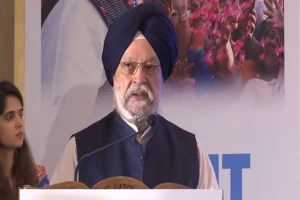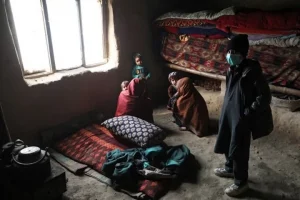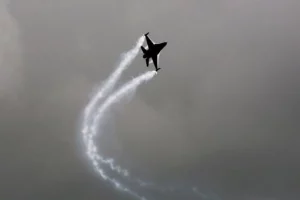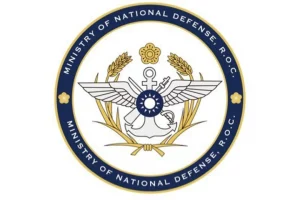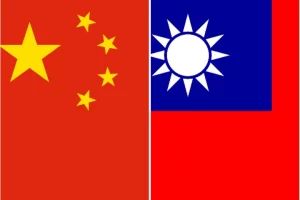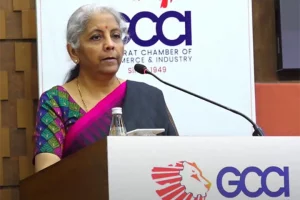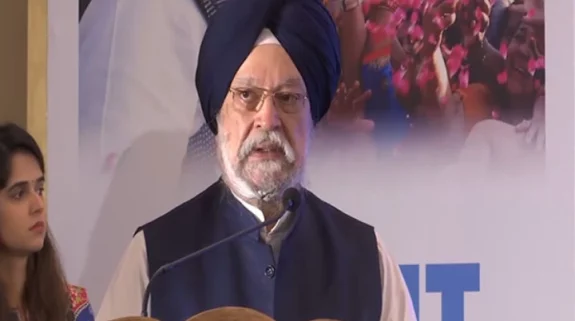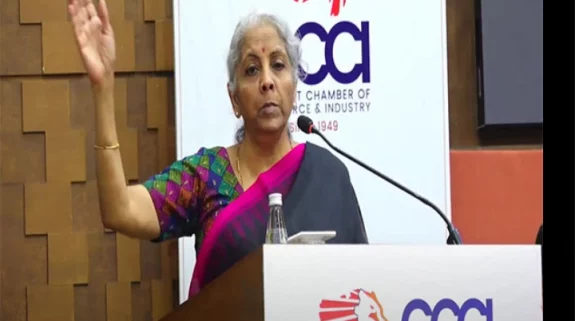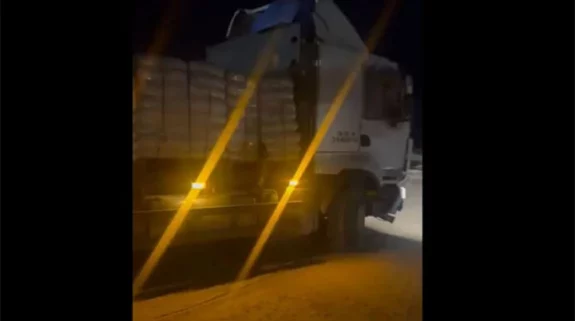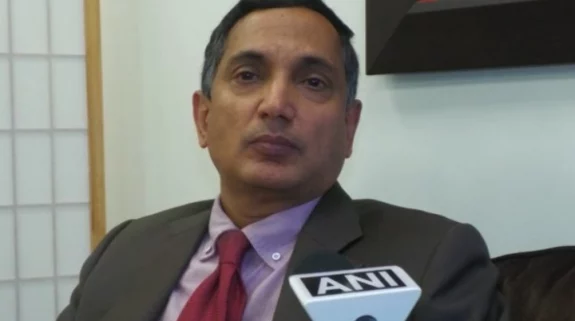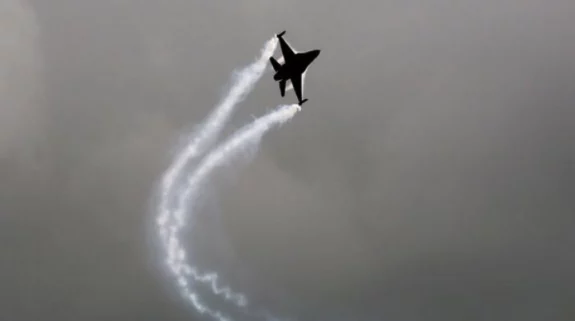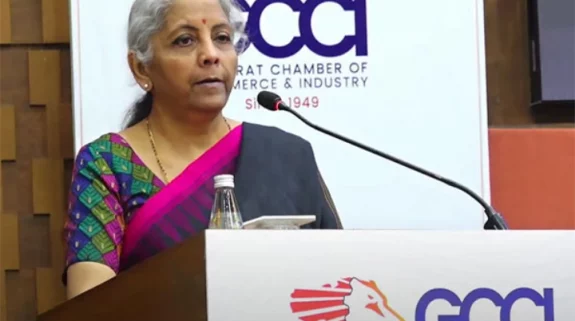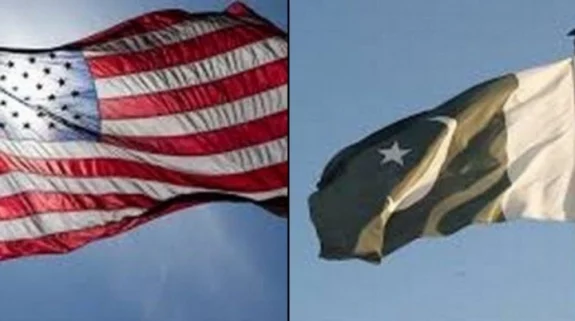Despite the high-level talks between NSA Ajit Doval and the Chinese Minister of Foreign Affairs Wang Yi over disengagement and de-escalation on July 5, the Chinese haven't really gone back. The PLA troops remain where they were–in Indian territory when they sneaked under the cover of coronavirus in April.
On the contrary, it seems China has only marginally pulled back, if at all at Galwan Valley but <a href="https://indianarrative.com/world/china-constructs-new-structures-in-pangong-tso-6705.html"><strong>made new structures</strong> </a>for its troops. At Pangong Tso, it seems rather reluctant. The only difference is that the soldiers of the two countries are not in an eyeball to eyeball confrontation. So, what is China planning?
The moot point Indians should keep in mind is to accept the situation as it is. The Indian political leadership and the people should steel themselves to the new normal—that China will dig in its heels on the Indian border and skirmishes will happen. More lives are likely to be lost in that desolate mountainous landscape.
Dr. Jabin T Jacob, Associate Professor, Department of International Relations and Governance Studies, Shiv Nadar University, says that if Indians think talks with the Chinese will bear results they would be fooling themselves. “The Chinese mindset is that once they have gained something they will not let go of it without extracting a heavy price. In simpler words, they will not withdraw from all of the Indian territory they have occupied this year.”
On June 15, China lost between 35 to 46 soldiers including officers when they launched an assault on Indian soldiers who had gone to confirm if the Chinese had vacated their positions. This attack also cost India the lives of 20 soldiers including the Commanding Officer. The Chinese people are talking about their dead soldiers and why they had to die. China has lost face and soldiers in a skirmish it started, therefore, China will try to extract revenge from India – which it considers a lesser power.
India also needs to understand that for China, the talks are more for public posturing and to pull the wool over Indian eyes. With China, talks are like going round and round the mulberry bush, forever. India has already spent decades talking to China without any success.
Experts point out that even the earlier clash between China and India in Arunachal Pradesh in 1986, so similar to the Galwan Valley incident, led to prolonged talks. Even as the talks over a Chinese pull back from the Sumdorong Chu Valley went on, the Indian Army decided to occupy the areas around the valley and dominate the PLA in numbers and weapons. Eventually in 1995, with numerous rounds of diplomacy at the highest levels, the Chinese pulled back witnessing the iron determination of the Indian Army.
Coming back to the present, the tiny Himalayan nation of Bhutan has been talking with China since 1984 and stands stumped in 2020 after China pulled out the Sakteng Wildlife Sanctuary in eastern Bhutan out of its magic hat. This is Bhutanese territory that does not have a border with China and can only be accessed through India. Indirectly, China is mounting pressure on India using Bhutan as a hostage. China will keep playing mind games with India.
It is clear that our expansionist neighbor is <strong><a href="https://indianarrative.com/opinion/in-the-70th-year-of-india-china-relations-a-glass-ceiling-is-broken-5455.html">threatened by our infrastructure</a></strong> along the LAC, and hence the assault. Jacob says, we have to understand this from the Chinese point of view. “China probably feels that all its superior infrastructure along the LAC is of no use if it does not bring it to bear to gain at least some tactical advantages when it still could and use these as bargaining chips for later with the Indians. The thinking within the PLA might well be to take the initiative now before the Indians improved their infrastructure and access to the LAC still further and gained capabilities to block the Chinese altogether.”
Jacob says that India has to understand that country developing our own perspectives and from the point of view of our own interests and not from Western ones alone. “We are already late in paying attention to China and other important countries in our neighborhood and further afield. We should also be able to understand and gain from seeing China through <a href="https://indianarrative.com/india/time-for-india-to-rethink-its-one-china-policy-3157.html"><strong>the eyes of Taiwan, Japan and Vietnam</strong></a>. We should improve our relations with these countries and have more exchange of views with them. Just as important, we should focus on learning Mandarin and increase expertise within the concerned departments in government. Taiwan is a good and reliable source of teachers in this regard.”
Now that India and its leaders have discovered China in its true colors and nature, it would be worthwhile investing time and resources in building India's capacity. Jacob says: “The government should be setting up more dedicated think tanks and university departments and initiating research on China. Moreover, our politicians have to understand international relations and foreign policy. If they have to run this country, these aspects cannot be left to just diplomats and generals. The government should get its information from a wider variety of people—researchers, academics, entrepreneurs – those who come with a multi-sectoral approach.”
As India and China hold the next umpteenth round of border talks, the country should simultaneously invest its time in preparing better for the next eventuality—maybe another attack on the border, maybe a skirmish or indirect pressure through India’s neighbors. Till then India will have to build its capacity to be able to <a href="https://indianarrative.com/opinion/how-new-delhi-tamed-china-5135.html"><strong>read the Chinese mind</strong> </a>and the PLA’s moves..






